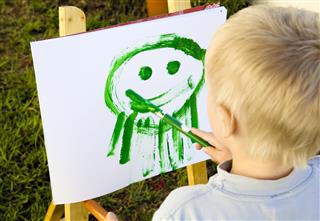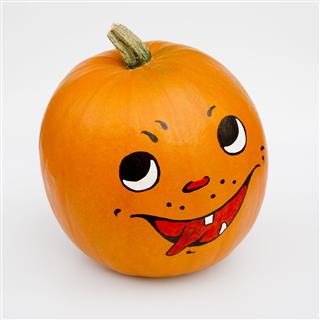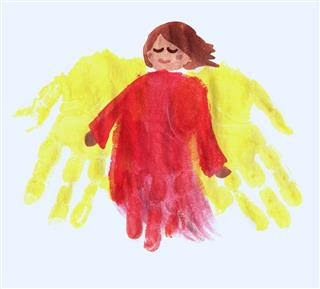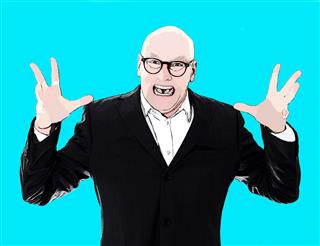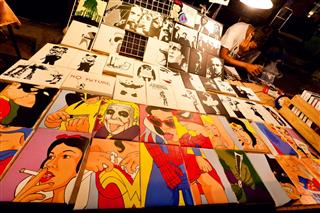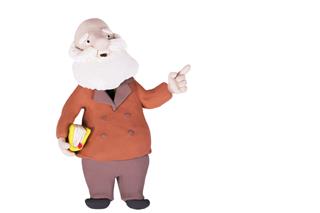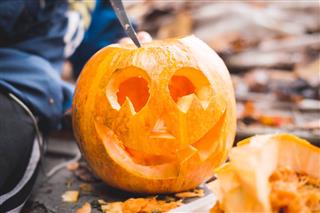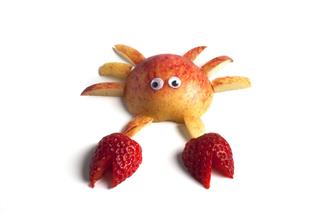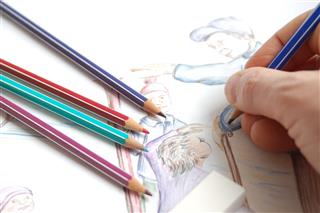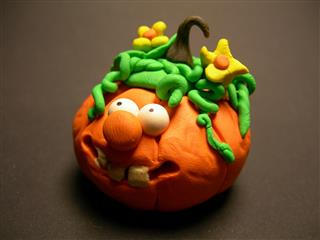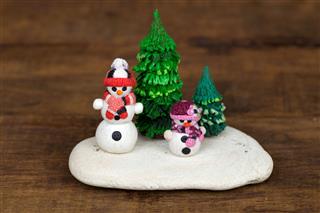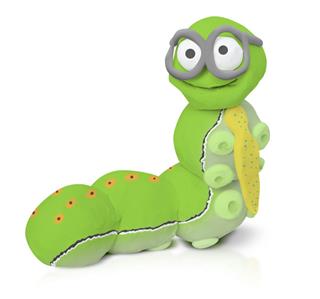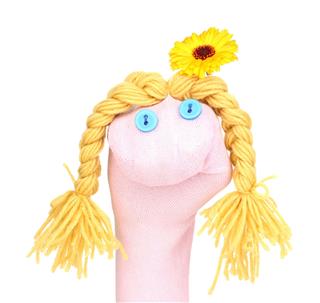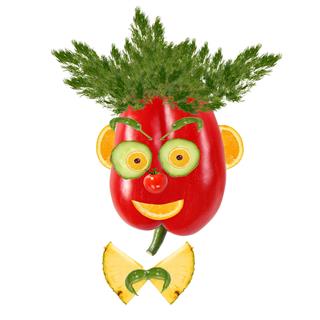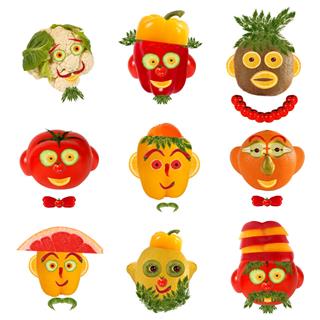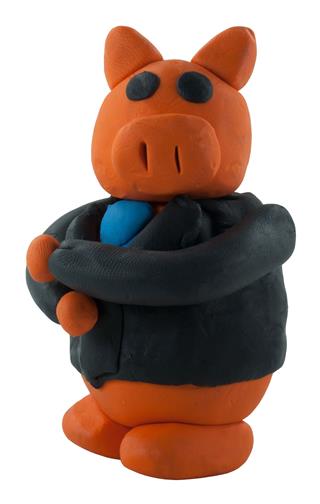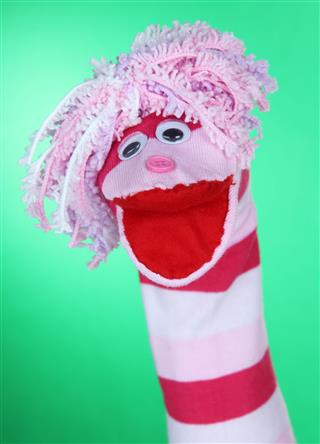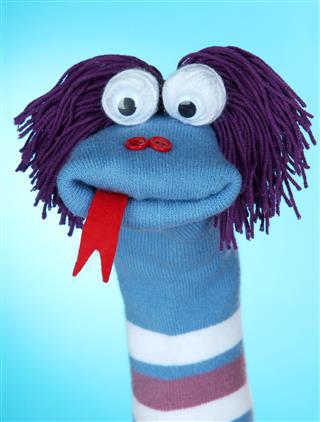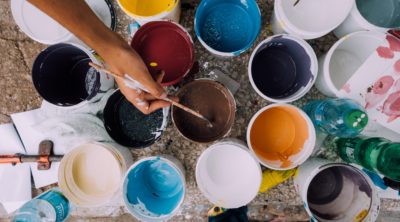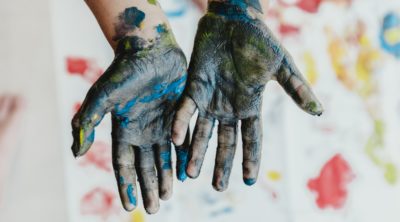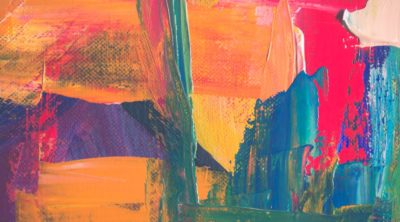
Cartoons have humored adults and children alike, for centuries together. They take us into a world full of amusement and exhilaration. If you’re eager to draw some of your own cartoon figures, here’s a simple guide that can help you get started…
Sketching is an interesting hobby and when mastered, can even evolve into a vocation. Animation has progressed leaps and bounds in the last decade and animated movies have managed to enthrall the audiences, beyond expectation.
Cartoon drawing requires immense creativity and patience. Ever wondered how creative and talented cartoonists are! Consider the Bee Movie for instance: who thought bees that sting could look so adorable! Credit goes to the cartoonists, animators and creative heads!
Drawing cartoons, especially the faces is not a facile task, and encompasses talent, wit, creativity, and style. However, starting trouble can be a big problem. Here are a few guidelines to help you get started.
Basics of Drawing Cartoon Faces
Basic Shapes

The simplest way to grasp the technique of drawing cartoon faces, is by mastering the art of drawing simple geometric shapes, such as square, circle, oval, triangle, etc. One should also practice drawing all kinds of lines, such as curved, slanted, curly, straight, zigzag, etc. These basic shapes will help you draw the face structures. The best part about cartoons is that there are no hard and fast rules. The shapes and sizes of faces can be altered as per your choice.
Permutations and combinations of different shapes and sizes oft result into exclusive cartoon characters. Cartoon heads are not confined to circular ones, and one can try out triangular or squarish heads as well. Once you’re done with the basic shapes, you can also experiment with more complex shapes like hexagons, etc. You can also invent your own shapes. Moreover, applying this ‘change of shape’ rule to the nose can assign different personalities to the cartoon face.
Proportions

Cartoon faces, like our human faces comprise common features such as a head, eyes, ears, nose, mouth, and eyebrows. These features are common to all cartoons, therefore must be kept in mind while drawing cartoon faces. However, they have to placed proportionately on the face. The eyes will be half way down the face, the nose will be further down by another quarter, and the ears will be on the sides. The same trend applies to the mouth as well, which is also a quarter away from the nose.
By drawing lines across the face, as shown above, you can section the face, such that the eyes, nose, and mouth have designated places allotted to them. Draw a dot in the center of the basic shape. This dot is the coordinate for the nose, and a vertical line drawn from this dot, will give you the idea of where the eyes should be positioned. This way you won’t go wrong with the proportion, and the facial features will be well-balanced.
Hairstyles

Cartoons are incomplete without hair on their heads. The hairstyle need not be complicated, instead simple lines and shapes suffice. Start off by thinking of the character you are sketching. Is it a little girl? Is it a man? The hairstyle will have to drawn accordingly. The hairstyle will also define the person’s personality, so when you draw the hairstyle, keep this in mind. A simple man will require a simple hairstyle, while a fashionable teen will need a funky hairstyle.
Hair accessories can also be added if you wish, especially for faces of little girls. Cute little headbands, hair clips, etc. will add character to your face. For little boys caps can be drawn. As far as facial hair is concerned, one can also be creative and have unconventional beards and mustache. However, focus on this once you have mastered the art of making simple hairstyles.
Expressions

For disparate cartoon faces, three features, that is the eyes, mouth, and eyebrows come into play. By changing the shapes of the eyes, eyebrows, and mouth, one can attain different expressions such as joy, anger, excitement, anxiety, shock, frustration, etc. The degree of curvature of the lips, rolling of the eyes, etc. will speak volumes about the expression you want to portray.
You can also add accessories to accentuate the overall look of the face. For example, sunglasses will help give the character a cool dude look, while a pair of geeky glasses will help give a nerdy look. Wrinkle lines can be added for older faces. The skin can be given a more saggier look. However, mastering the art of expressions is not so easy. It requires a lot of keen observation and practice.
If you’re a beginner, then begin by giving these basic shapes character. Practice the different expressions on these shapes, and only then move ahead. You can then draw the side views of cartoon faces, or even get into drawing the whole cartoon itself. If you enjoy this art, you could even create your own cartoons or comic strips. If you have even the slightest desire to draw cartoons, then muster up the courage and go for it. Don’t be discouraged if it doesn’t seem easy at first! After all, practice makes man perfect!
